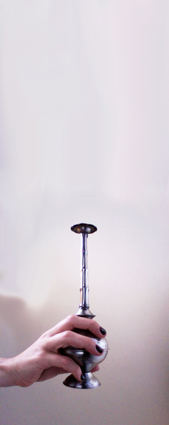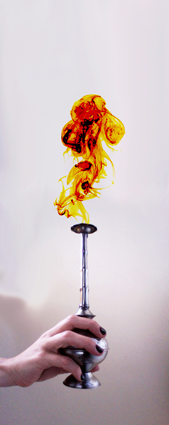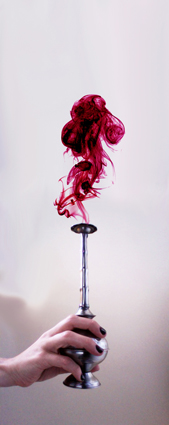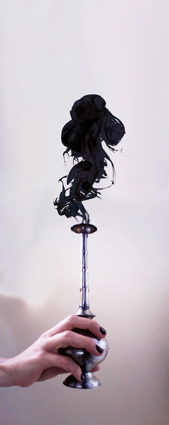|
Rut Karin Zettergren | ||||
|
|||||
 |
|||||
|
|||||
|
|||||
| 1 | |||||
|
|||||
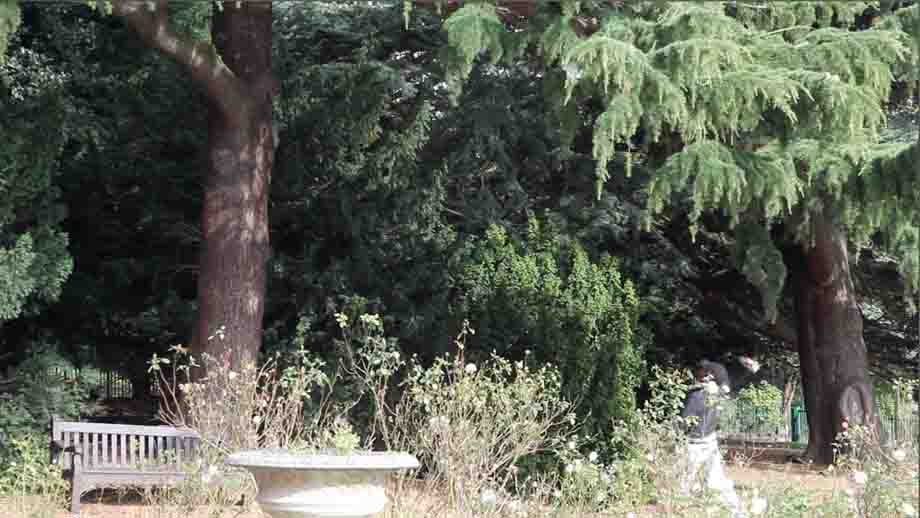 |
|||||
|
|||||
|
|||||
|
|||||
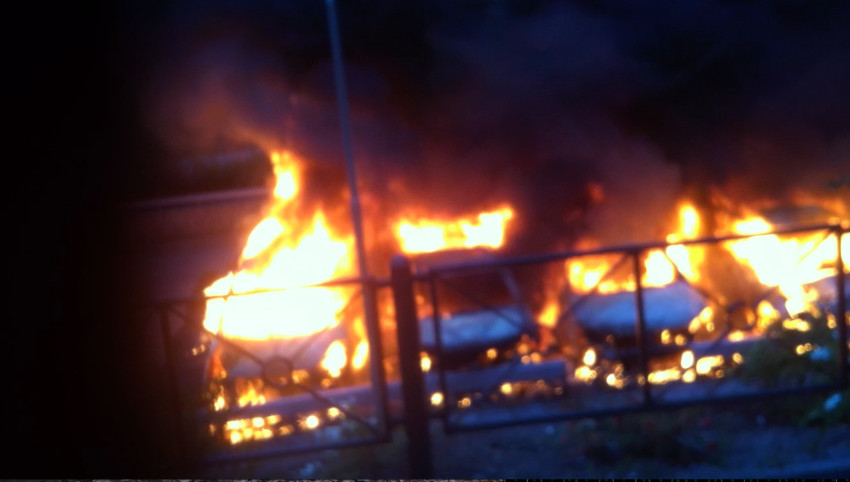 |
|||||
|
|||||
|
. |

The Outlanders “When you don't fit into society you were born in you are an Outlander, when you move to another country and don't fit in that society you are an Outlander. When you simply don’t fit in this world; you are an Outlander. An alien being looking for your kind.” The Outlanders is a TV show about a couple living in Rinkeby one of the five suburbs* built during the Million Program** around the large former military field Järvafältet in the west of Stockholm. Is commonly known as a problem area and often describes in media as one of the most dangerous neighborhoods with highest crime rate in Sweden. Its also often put as an example of Sweden’s failure to integrate immigrants in the society as nearly 90% of its inhabitants are from immigrant backgrounds. As I live in the neighborhood I wanted to create a alternative image of people living here than what is usually portrayed in the media. *Rinkeby, Tensta, Hjulsta, Akalla and Husby |
|
